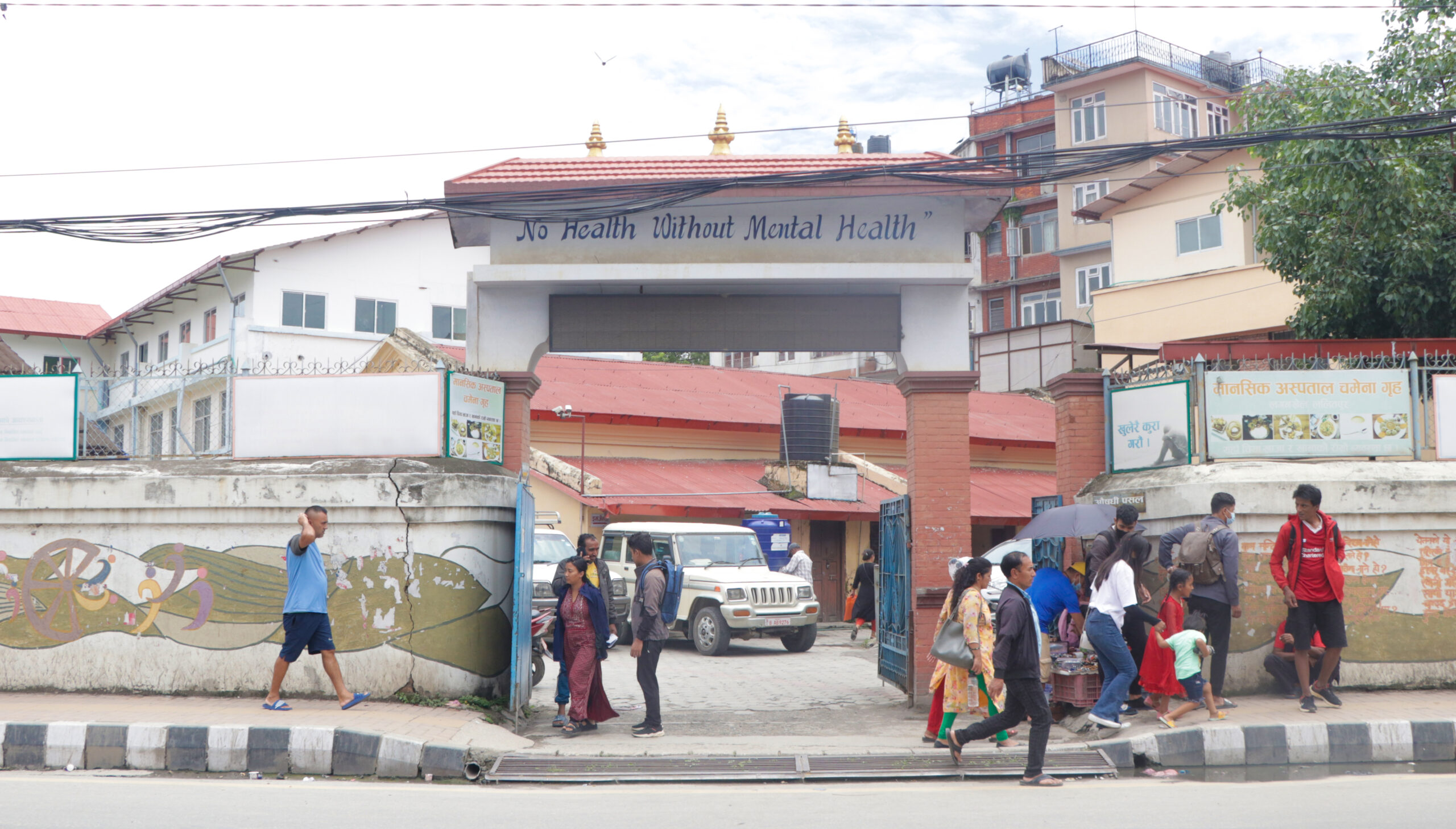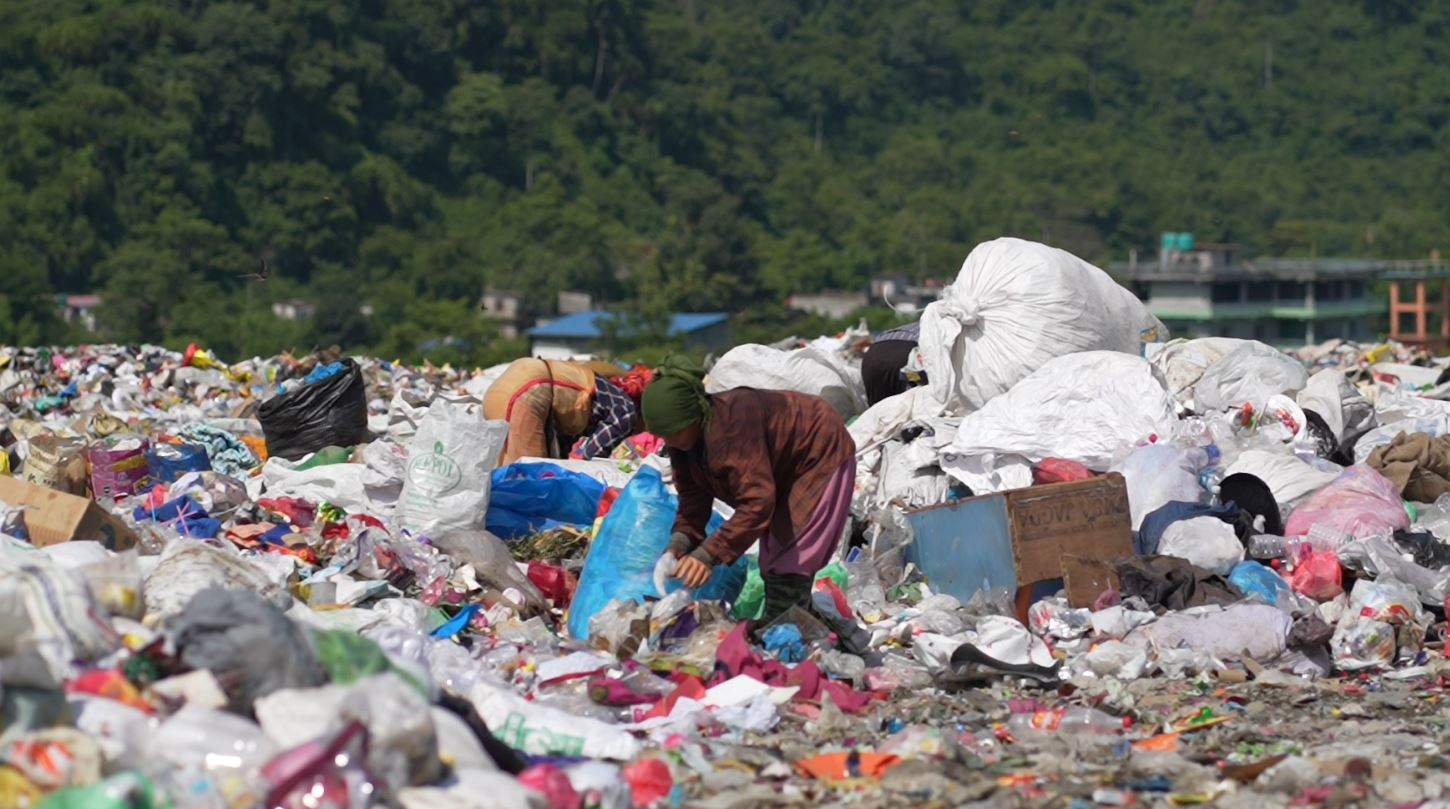
NEPAL

NEPAL
Nepal is one of the fasted urbanizing countries in Asia, with 67% of the population living in cities. HERD International implements CHORUS projects in the urban centres of Kathmandu and Pokhara.
Kathmandu is a fast growing cosmopolitan city, with a multi-linguist and multi cultured society, drawing residents from all Nepal’s regions and ethnic groups. With uncontrolled urban development and high population density, continued unplanned urban expansion has increased the margilisation of the urban poor, and increasing numbers are living in slum and informal settlements.
Pokhara is also experiencing unprecidented population growth, due to migration to this provincial capital from the peripheral districts. Poor residents of Pokhara have been clustered into 212 squatter settlements, as well as rented accommodation throughout the city. These settlements are unregulated, overcrowded, prone to disease outbreak, and pose health threats to vulnerable populations. The urban poor mostly work in unregulated informal sectors, which affect their access to heath services. Despite government policy, and provision of health facilities, the local urban health systems are struggling to address the needs of the poor residents.







